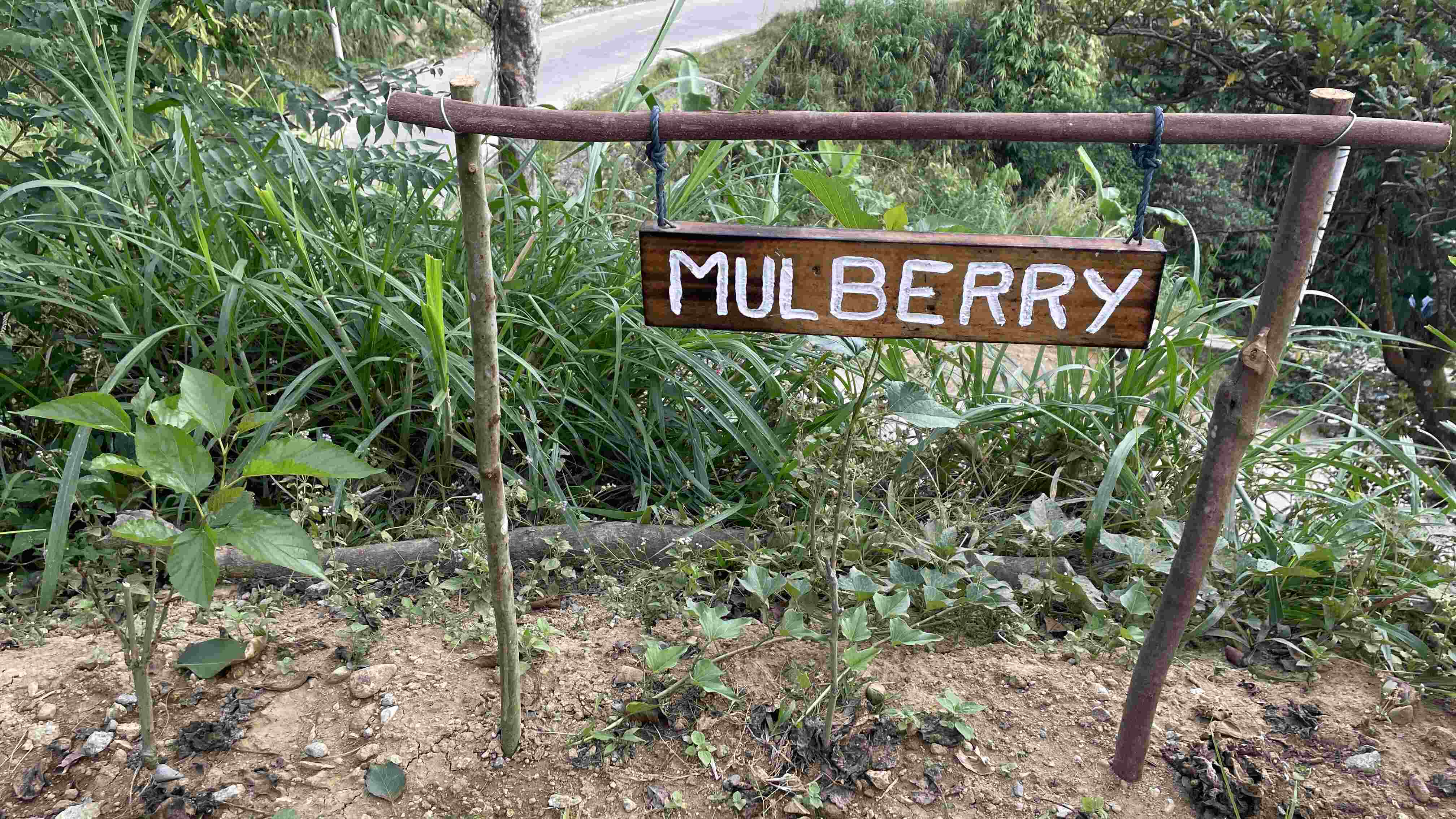Rainfall and Indoor Plants: Finding the Sweet Spot
Published on: June 24, 2024
Updated on: June 24, 2024
0 Like
In today’s fast-paced environment where concrete often overshadows greenery, bringing indoor plants at home is like taking a real and symbolic breath of fresh air.
These colorful companions not only brighten our living areas but also enhance the quality of the air and elevate our spirits. But being a successful plant parent is not without its difficulties, especially when it comes to learning how to water your plants properly.
For many, the dilemma is often between underwatering and overwatering - factors that can lead plants to an untimely demise. Yet, the rainy season brings a new dynamic to the watering equation, offering great benefits to your leafy friends and a reprieve to the plant enthusiast.
With the rainy season approaching, it’s important to understand how the change in weather can affect care for your indoor plant. This article will help you understand how long to leave indoor plants in the rain, and other factors that will guide you through adjusting your watering practices - ensuring that your plants not only survive but thrive this rainy season.
Fine-tuning watering practices for indoor plants
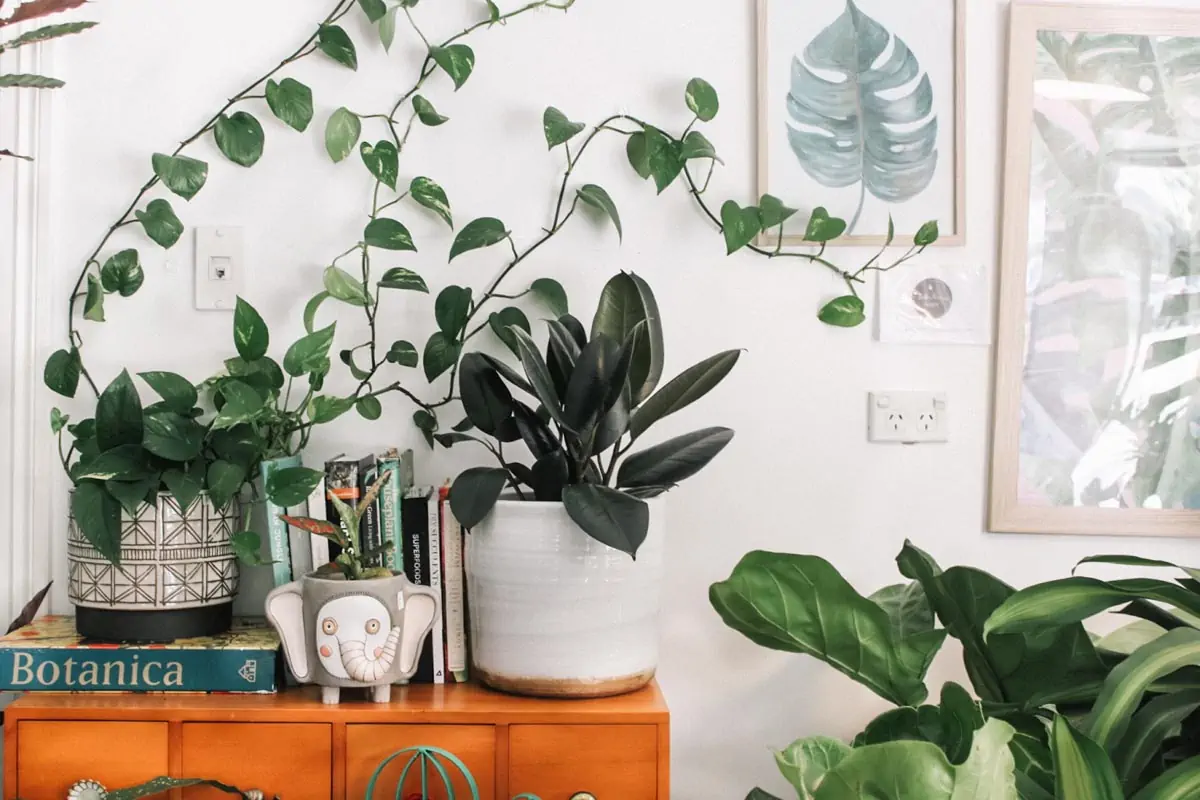 Photo courtesy of Prudence Earl via Unsplash
Photo courtesy of Prudence Earl via Unsplash
Factors influencing a plant’s watering needs
- Plant type - Different species have varying water needs. For example, succulent plants require less water than tropical plants like the peace lily.
- Potting mix - The composition of the potting soil can affect water retention. Sandy soils drain more quickly than a denser, clay-based mix.
- Environmental conditions - Factors such as light, temperature, and humidity play significant roles in how often plants need watering.
- Pot size and type - Smaller pots tend to dry out faster, and non-porous materials like plastic retain moisture longer than porous materials like clay.
Understanding the factors that influence a plant’s watering needs is crucial in maintaining healthy and thriving indoor plants. However, it is also pertinent to consider other watering techniques and practices that best suit the plants.
Indoor plants and how to water them
Plants have various water needs, and knowing what’s best for them will help them thrive in your home. Here are some common indoor plantsand the best way to water them.1. Snake Plant
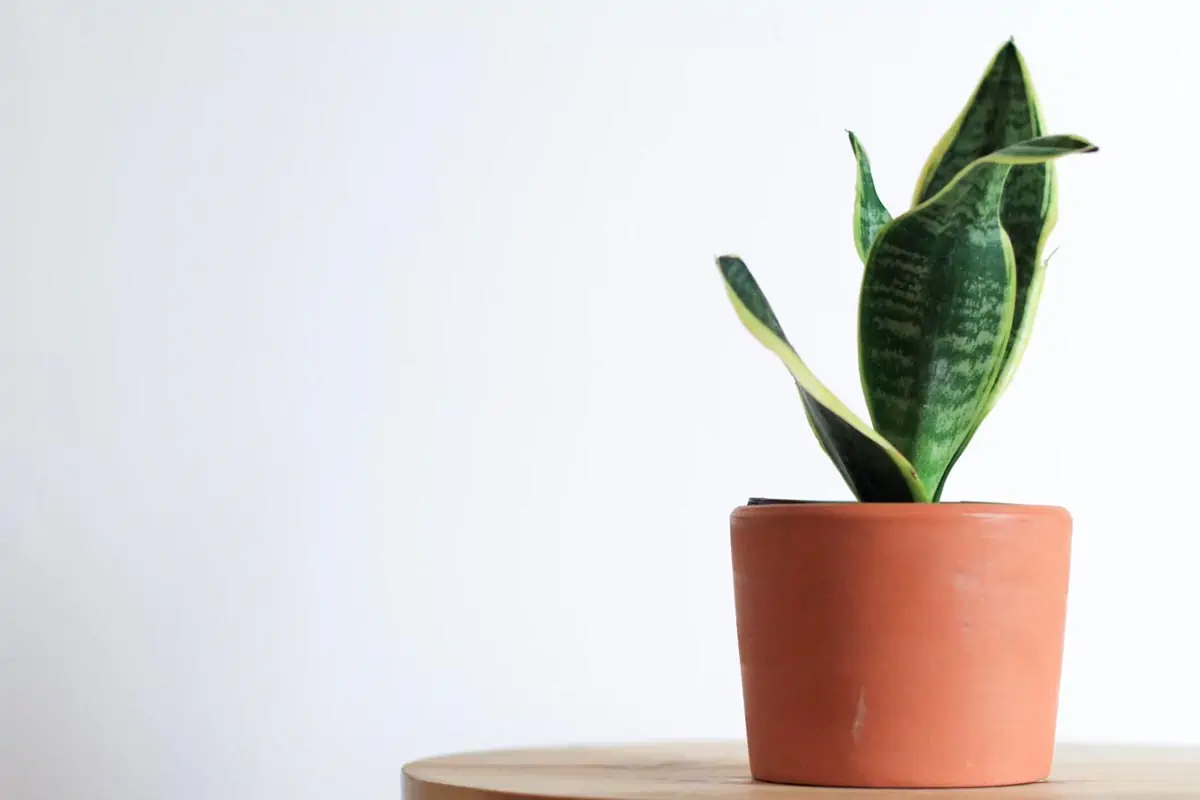 Photo courtesy of Kara Eads via Unsplash
Photo courtesy of Kara Eads via Unsplash
2. Spider Plant
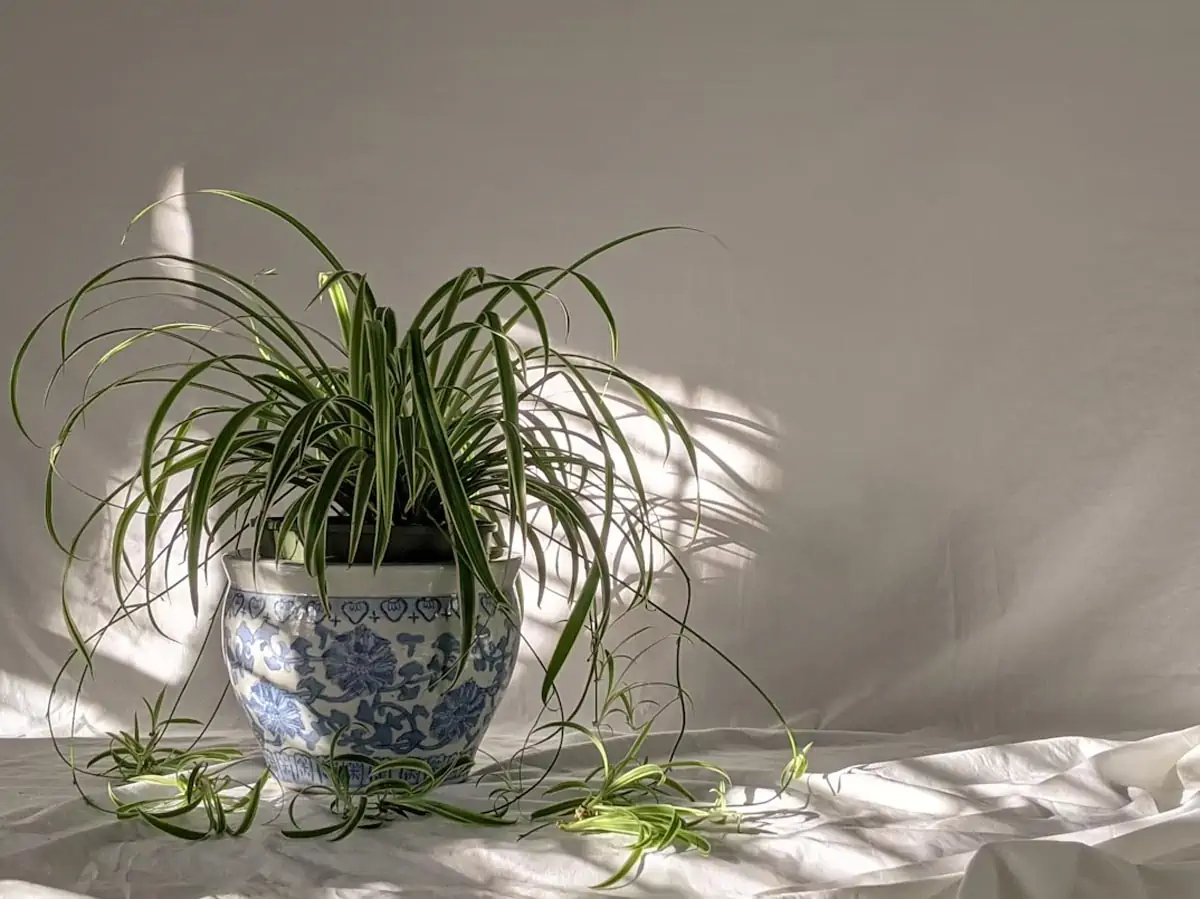 Photo courtesy of Susan Wilkinson via Unsplash
Photo courtesy of Susan Wilkinson via Unsplash
3. Money Tree
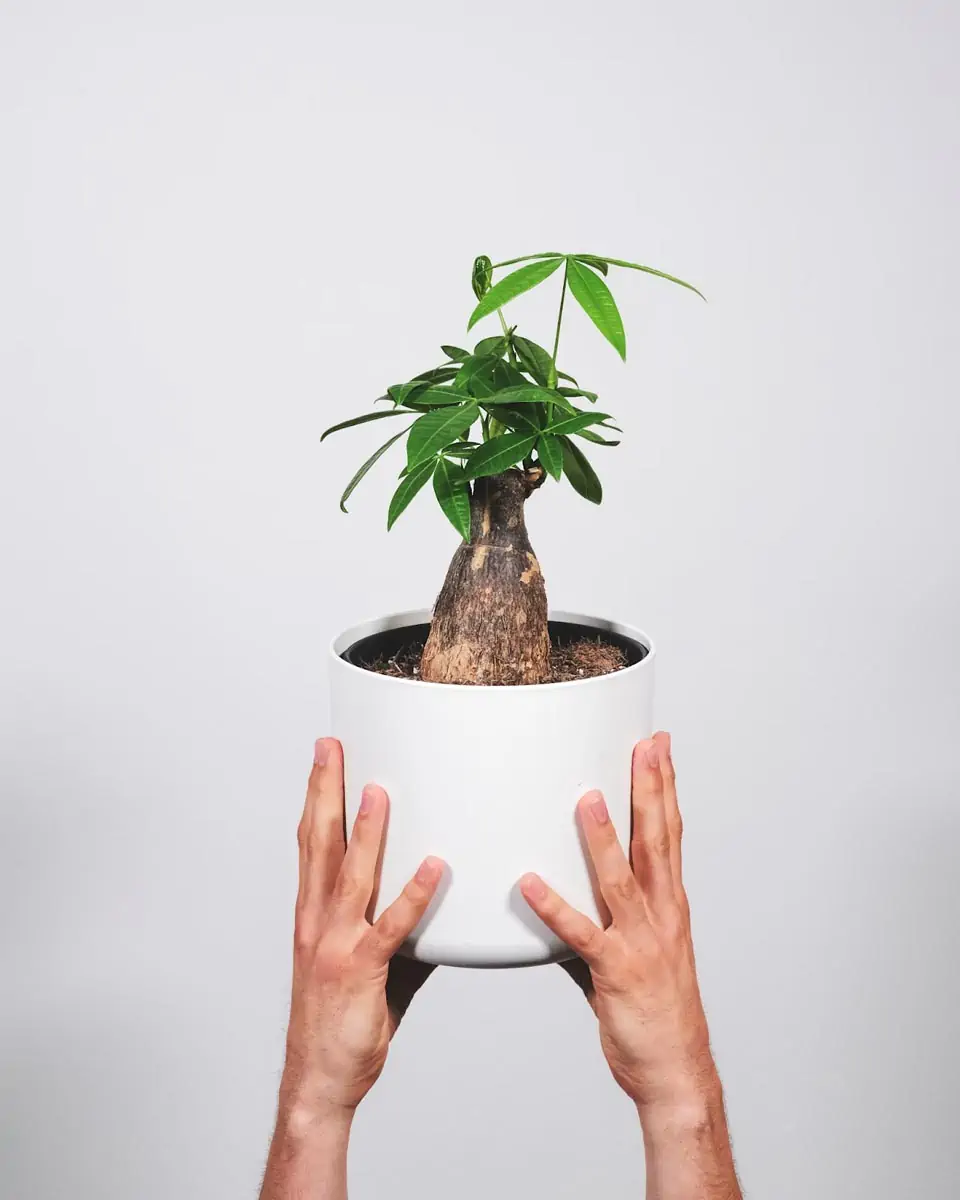 Photo courtesy of feey via Unsplash
Photo courtesy of feey via Unsplash
4. Peace Lily
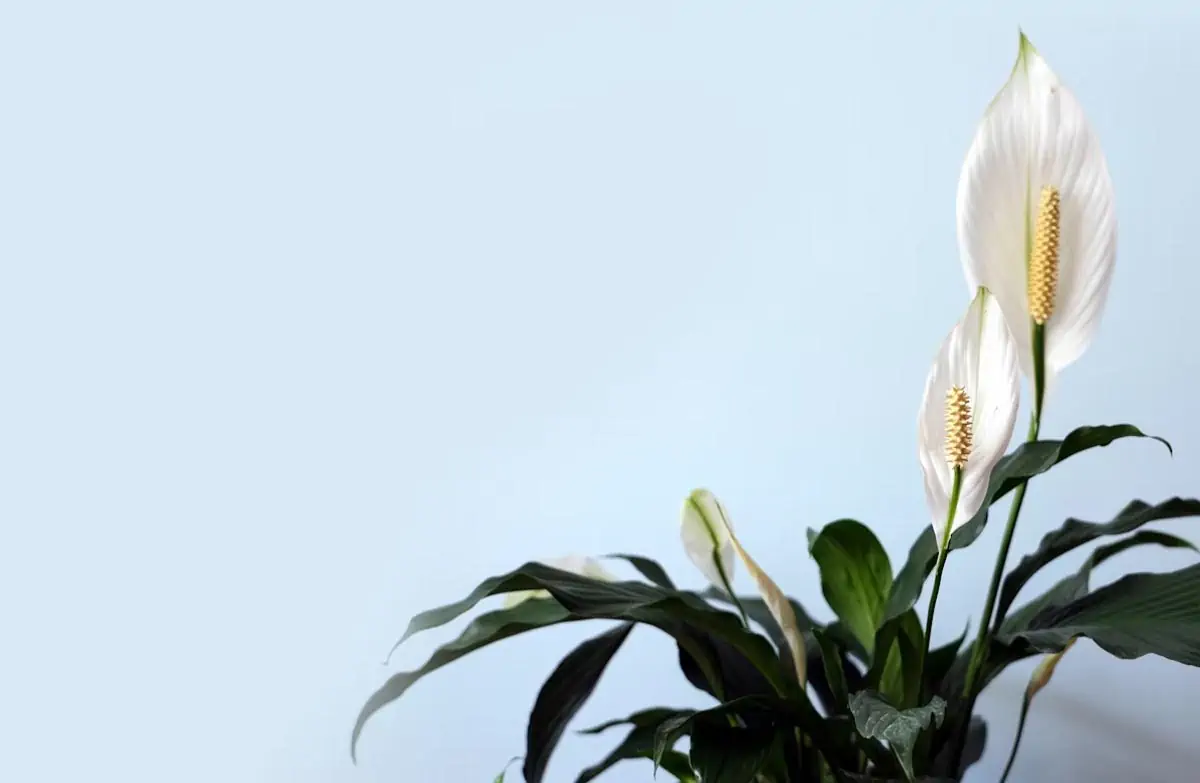 Photo courtesy of Lan Gao via Unsplash
Photo courtesy of Lan Gao via Unsplash
5. Lucky Bamboo
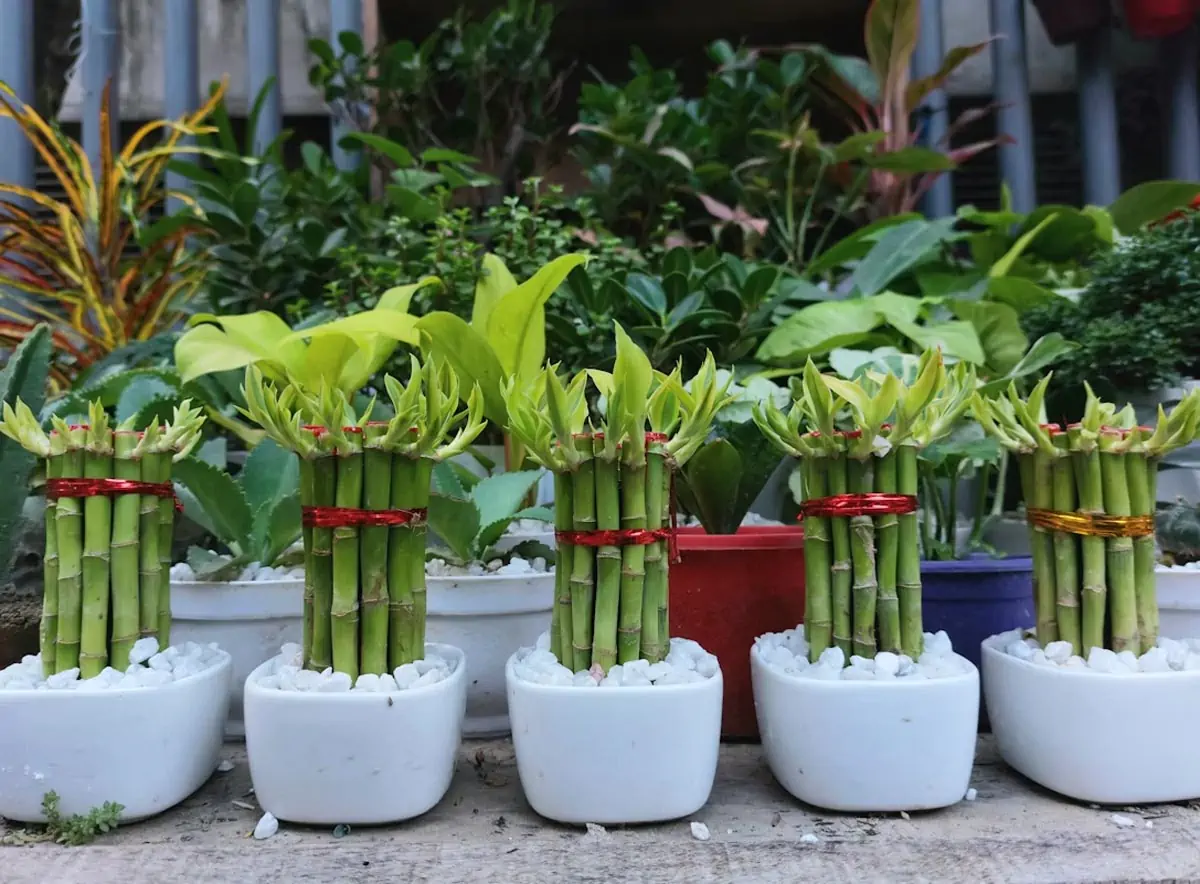 Photo courtesy of Toushif Alam via Unsplash
Photo courtesy of Toushif Alam via Unsplash
6. Rubber Tree
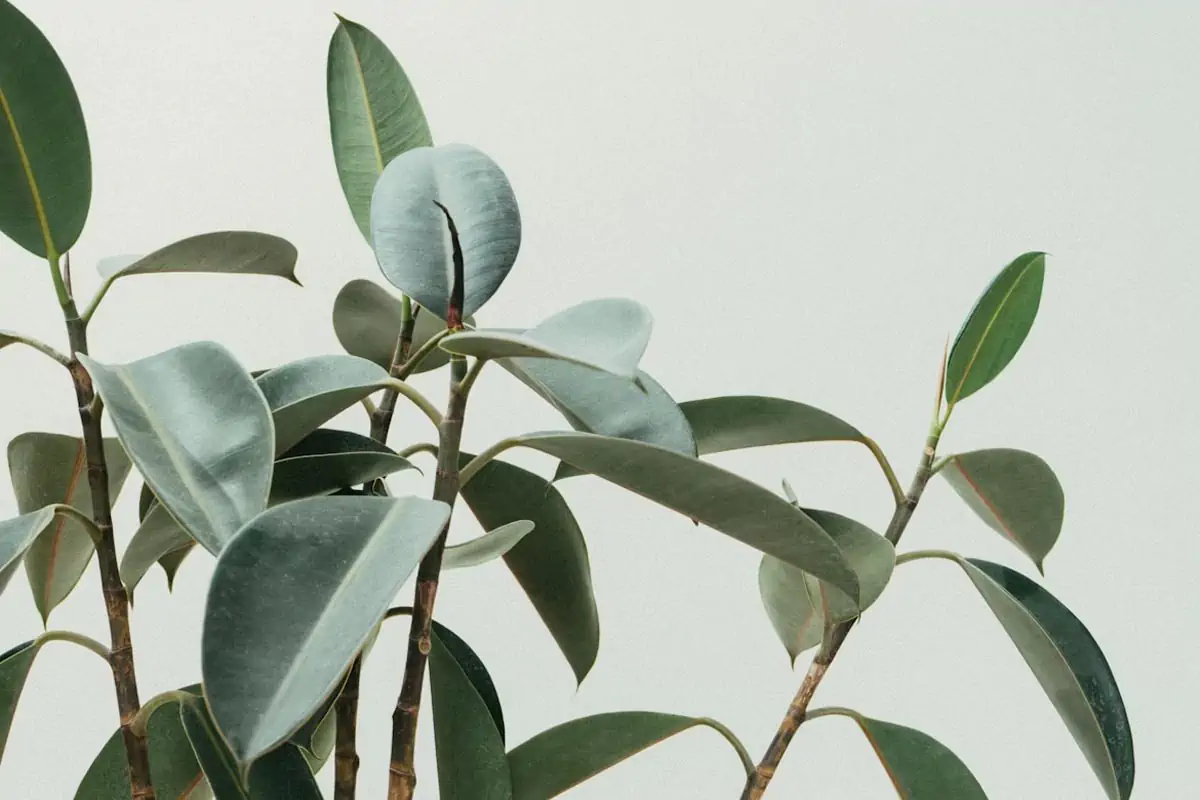 Photo courtesy of Scott Webb via Unsplash
Photo courtesy of Scott Webb via Unsplash
7. Orchid
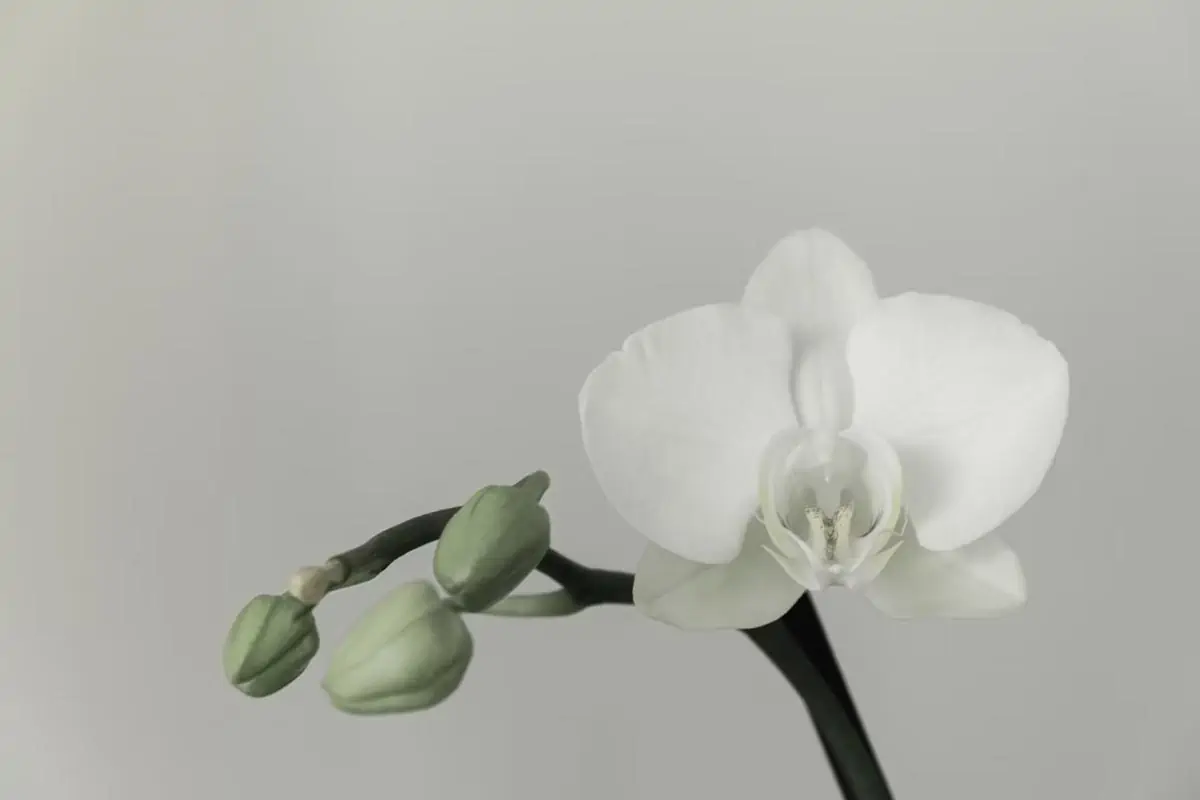 Photo courtesy of Amit Lahav via Unsplash
Photo courtesy of Amit Lahav via Unsplash
8. Succulents/Cactus
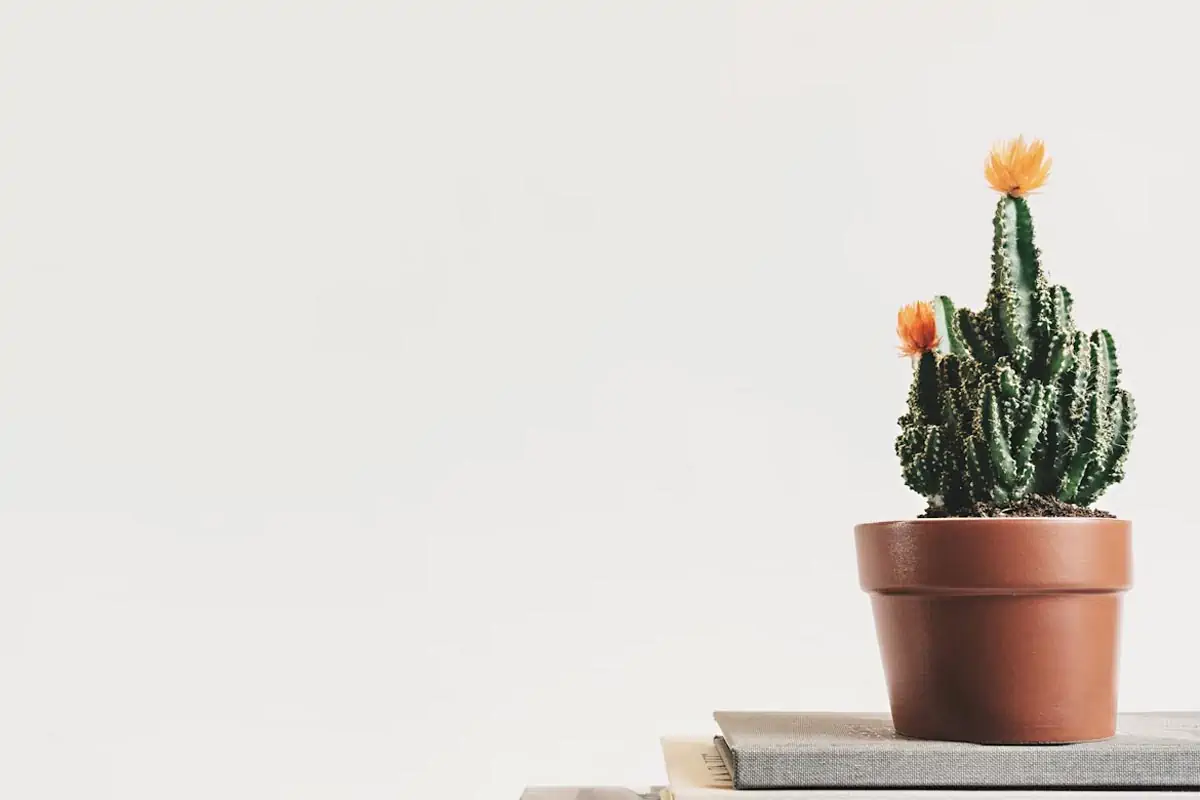 Photo courtesy of Scott Webb via Unsplash
Photo courtesy of Scott Webb via Unsplash
9. Chinese Evergreen
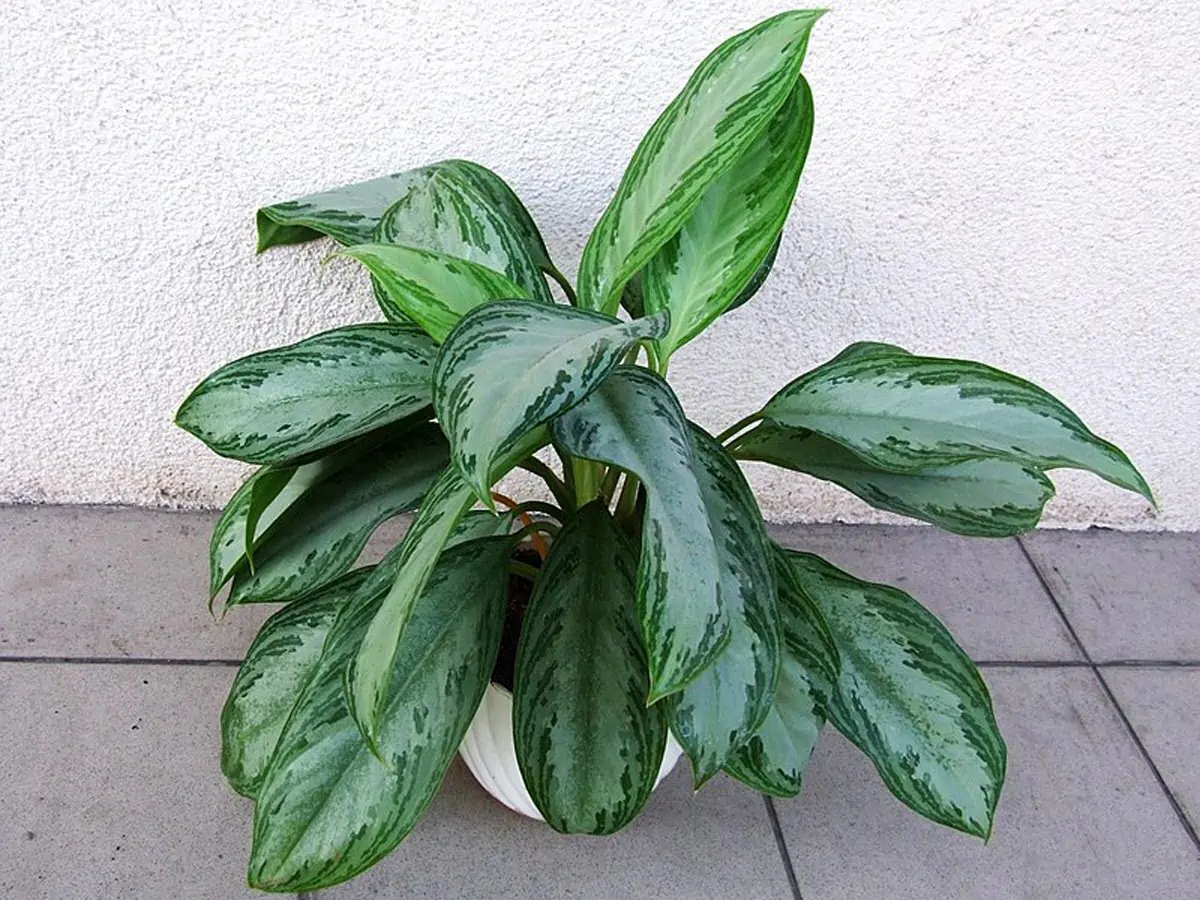 Photo courtesy of Jerzy Opiola via Wikimedia Commons
Photo courtesy of Jerzy Opiola via Wikimedia Commons
10. Aloe Vera
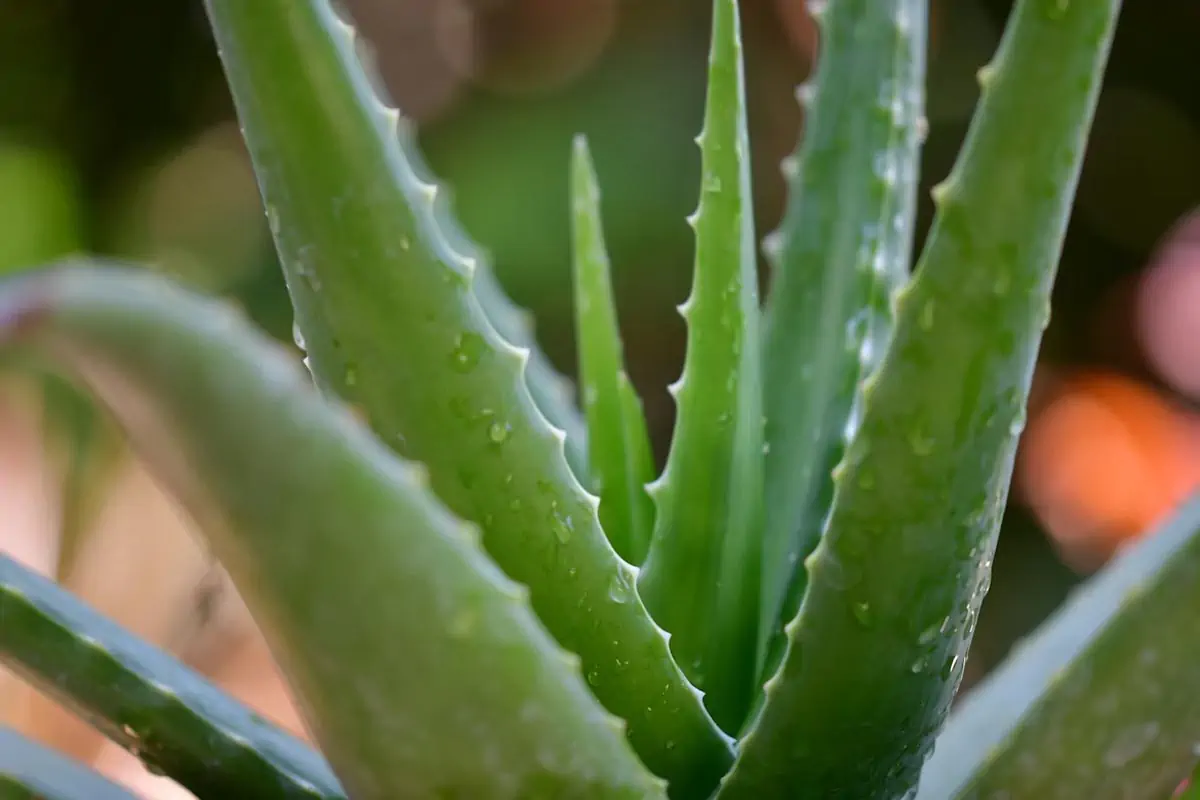 Photo courtesy of pisauikan via Unsplash
Photo courtesy of pisauikan via Unsplash
Tips to determine when to water indoor plants
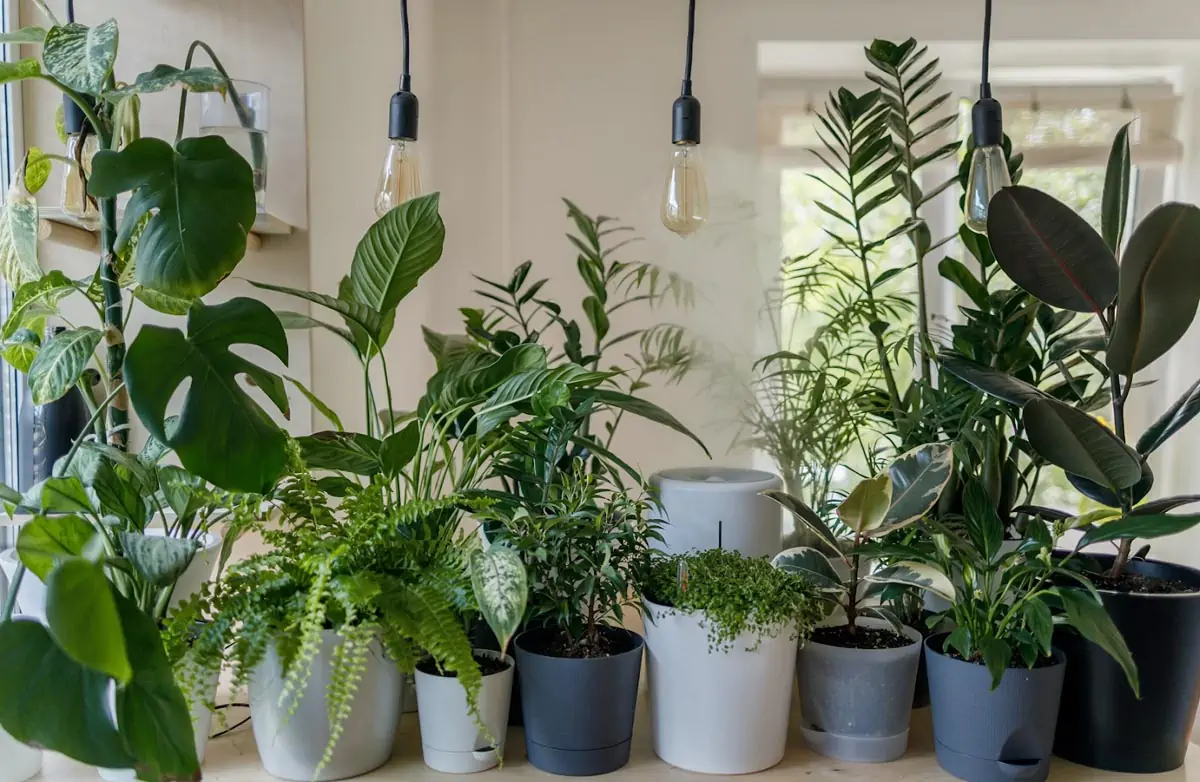 Photo courtesy of vadim kaipov via Unsplash
Photo courtesy of vadim kaipov via Unsplash
- Check the soil. The simplest way to check is to touch the soil. If the top inch is already dry, it’s generally a sign that it’s time to water.
- Consider the weight. Lift the pot after watering and try it again when dry. Over time, you will learn to gauge watering needs based on weight.
- Observe the leaves. Wilting or dry leaves can indicate under-watering, while yellowing may suggest over-watering.
With these tips and techniques, you can manage watering your indoor plants effectively, helping in their growth and vitality. Now, let’s take a look at how the rainy season can impact yourindoor gardening strategies.
Preventing overwatering during the rainy season
While rainwater has its benefits, the increased humidity and risks of overwatering remain. Here are some ways to protect your plants.- Improve drainage. Make sure that pots have enough holes for drainage. To further help improve water flow, add a layer of perlite or gravel at the bottom of your pot.
- Use the right soil mix. Choose a soil mix that drains effectively to avoid water retention as this is crucial for succulent plants and cacti.
- Elevate your plants. Keep pots off the ground on stands or with pot feet to encourage excess water to drain away freely.
- Tailor plant placement. During the rainy season, place your indoor plants that are sensitive to overwatering away from areas prone to dampness like windows where rain might enter.
- Ventilate. Maintain good air circulation around your plants to help the soil dry more efficiently which reduces the risk of fungal diseases associated with excessive moisture.
With this knowledge, you can keep your plants in better condition as well as make your indoor gardening efforts more rewarding. throughout the year if you understand when and how to adjust to these seasonal differences. Continue to nurture your indoor plants. For more tips and tricks, join the DMCI Communities Blog and share your experiences in the comments section below. You can also check out our social media pagesfor more advice and ideas for gardeners like you. Don't forget to download the DMCI Communities app on Google Play or the App Store to stay updated on the latest articles, community news, and exclusive offers.


